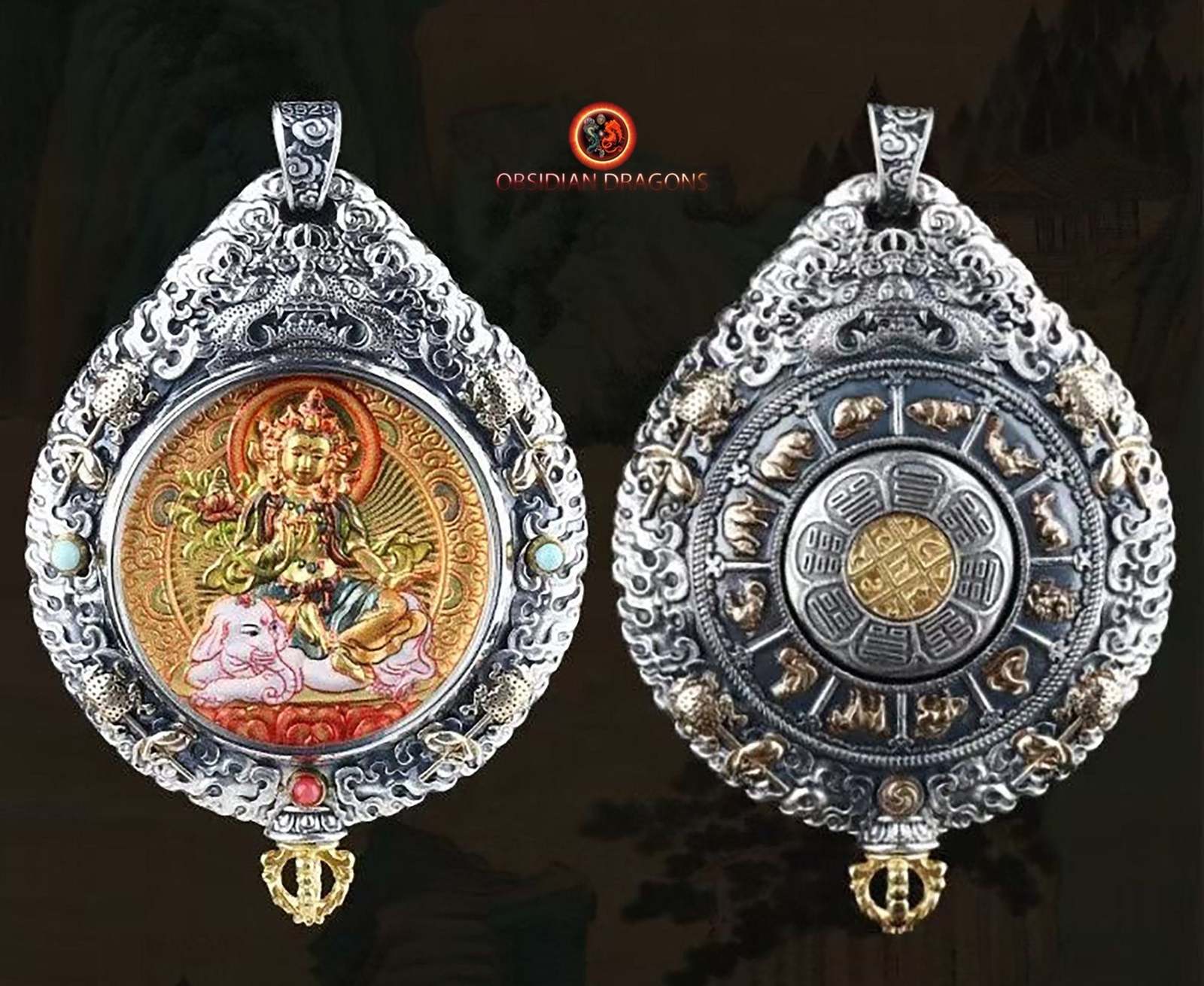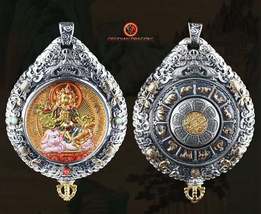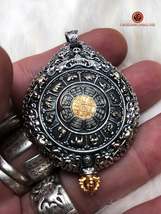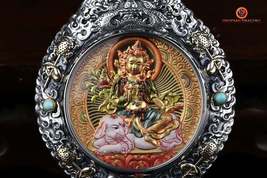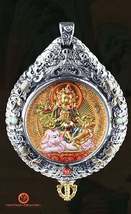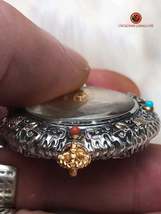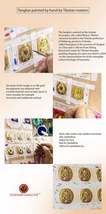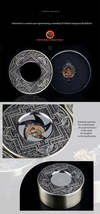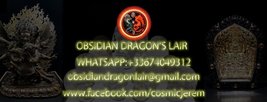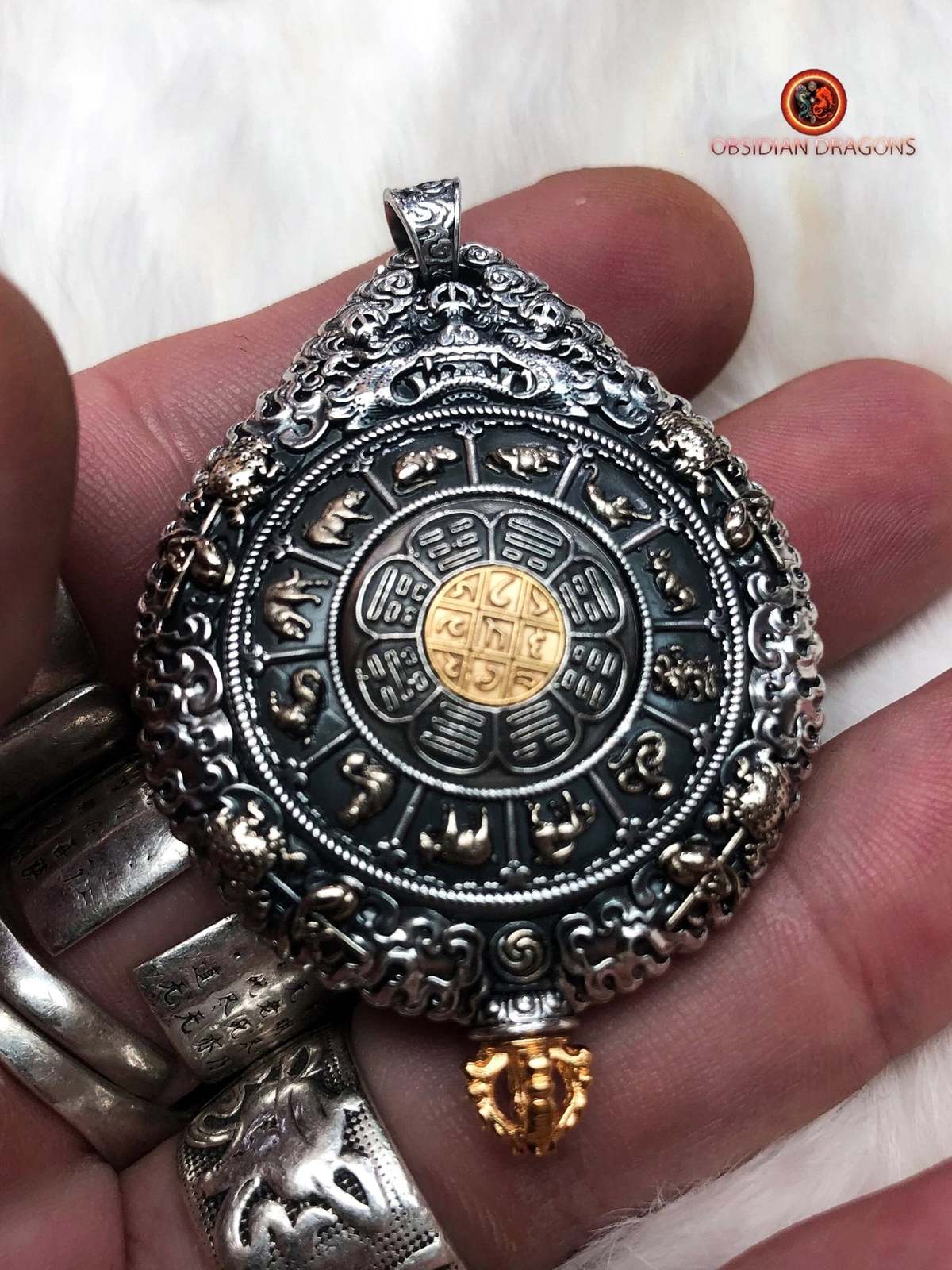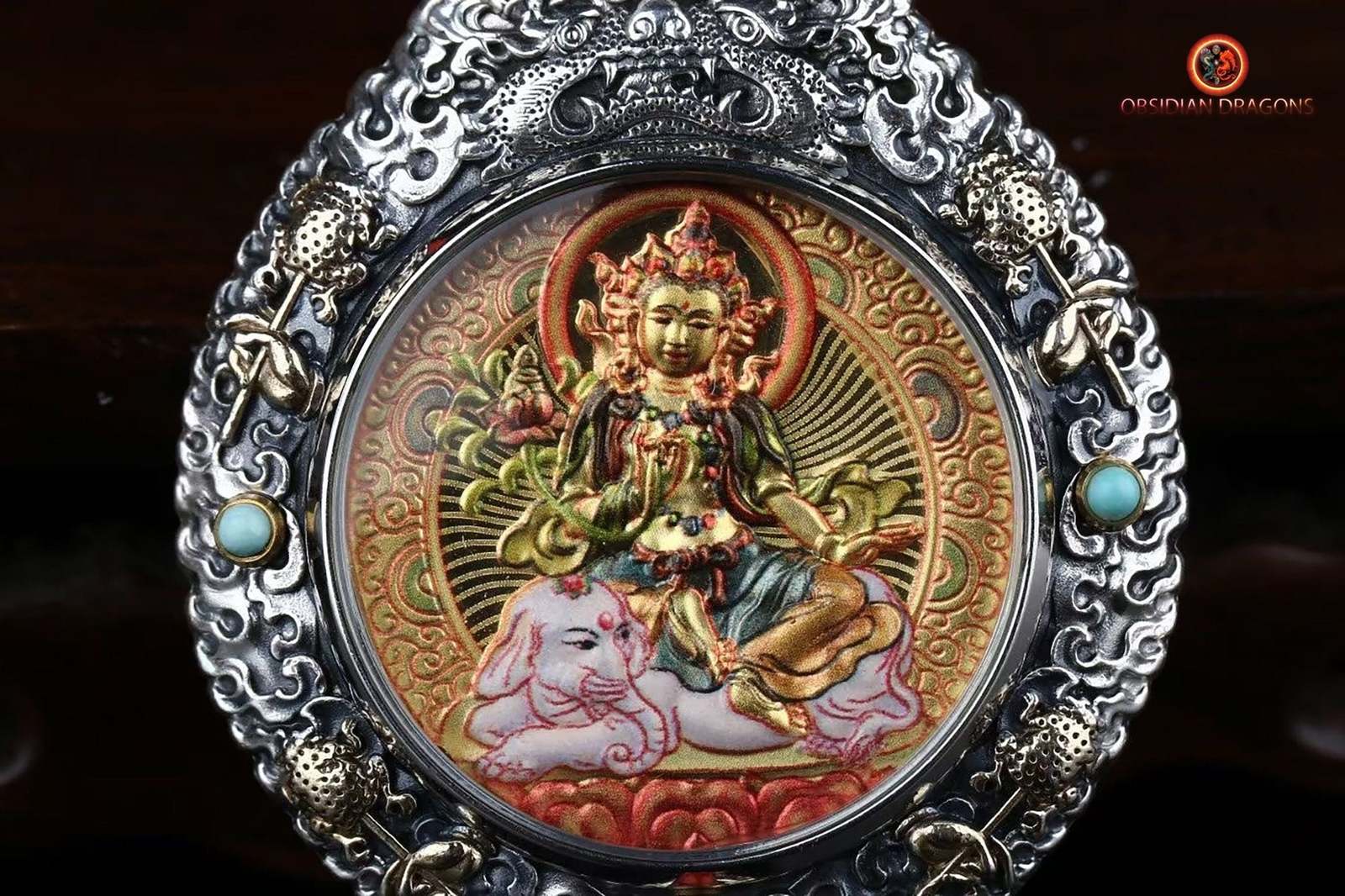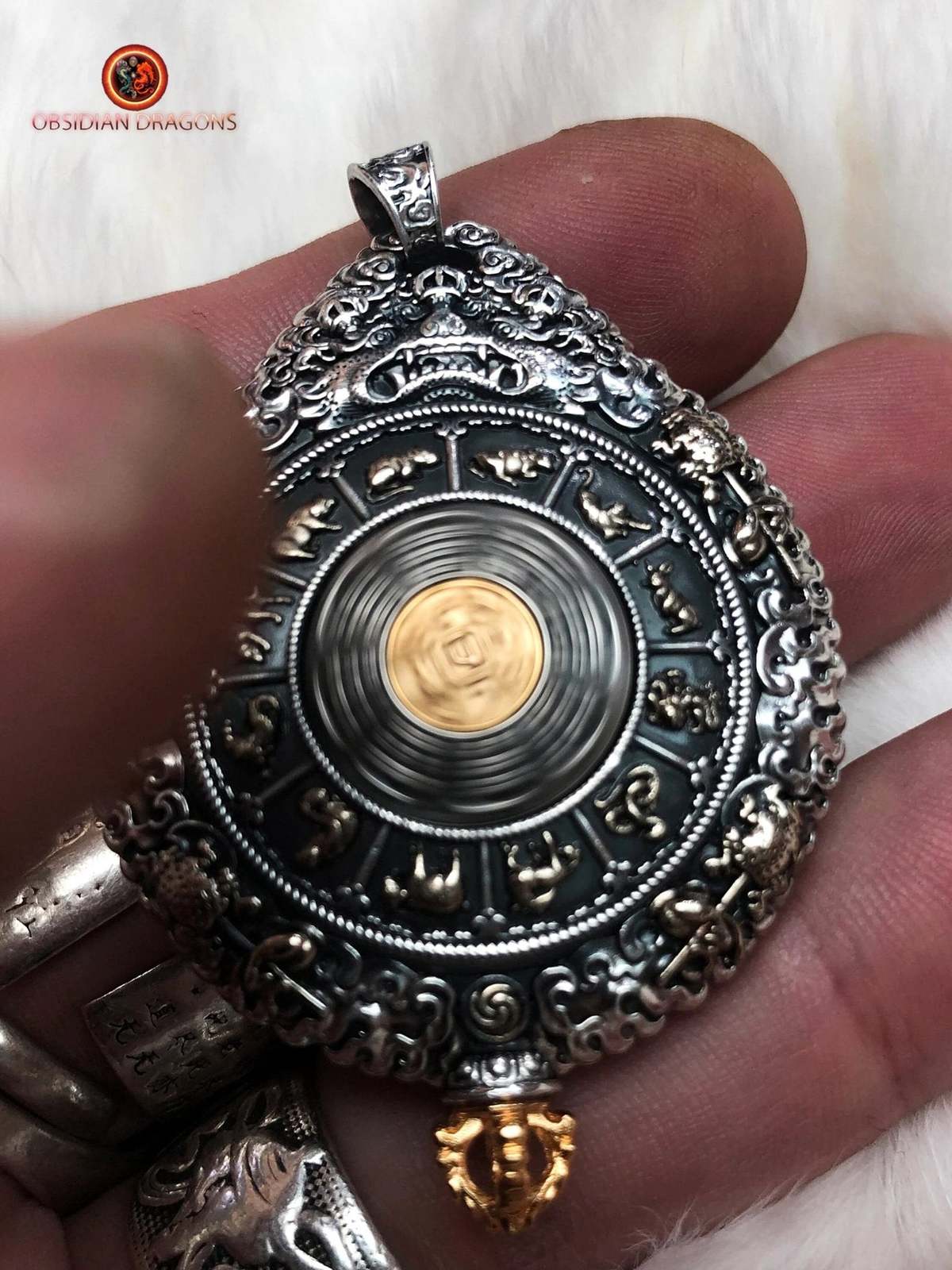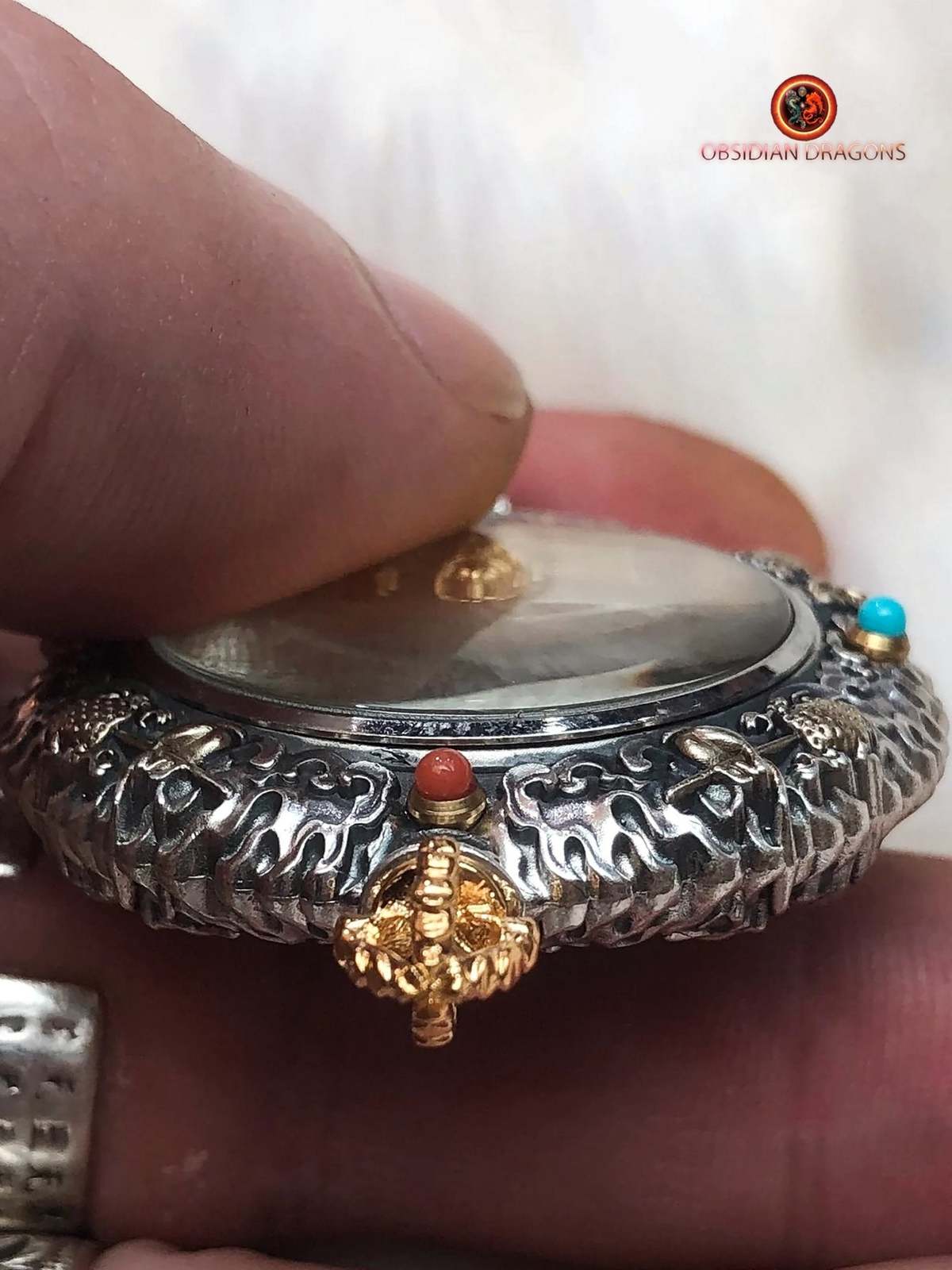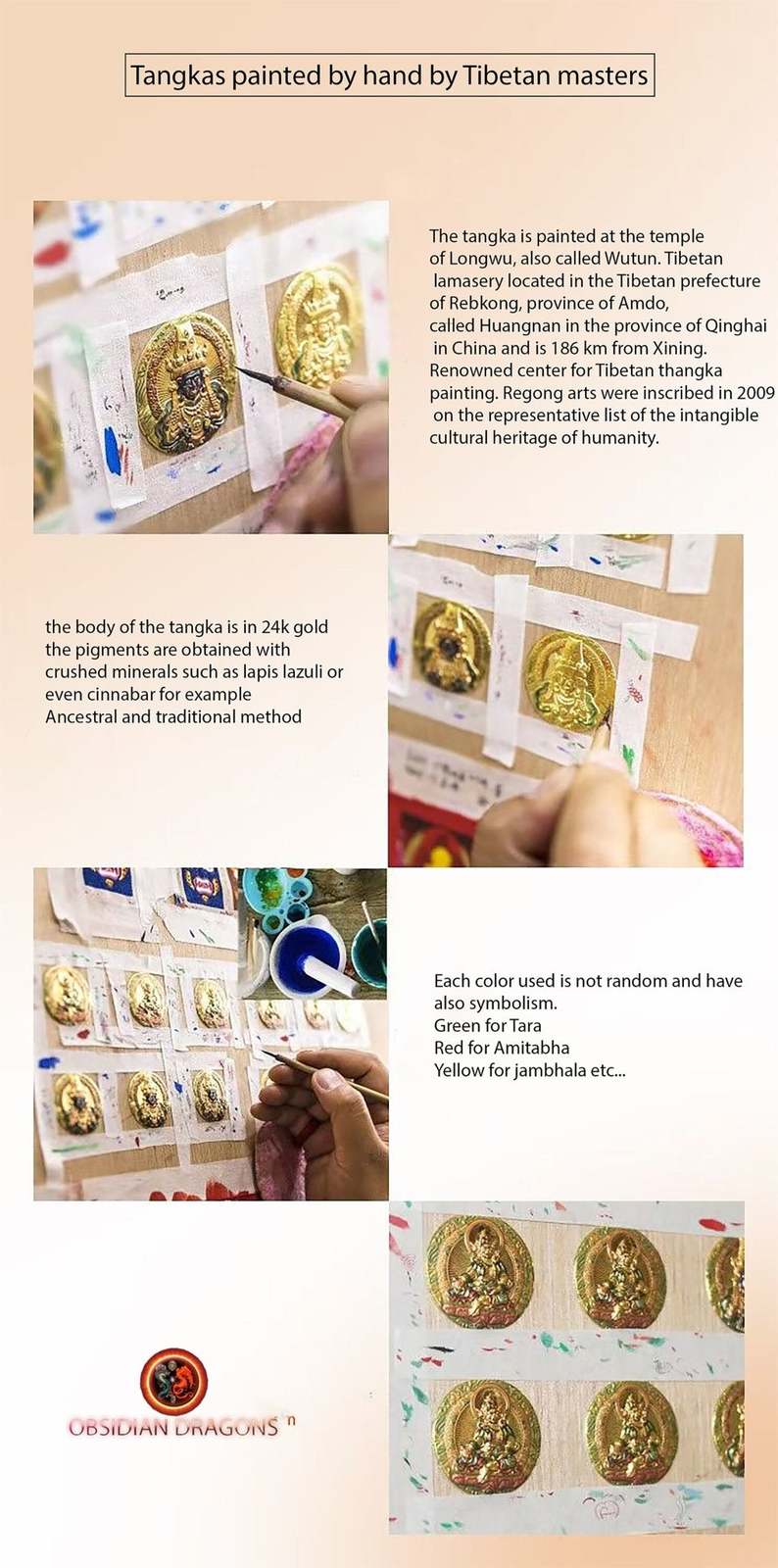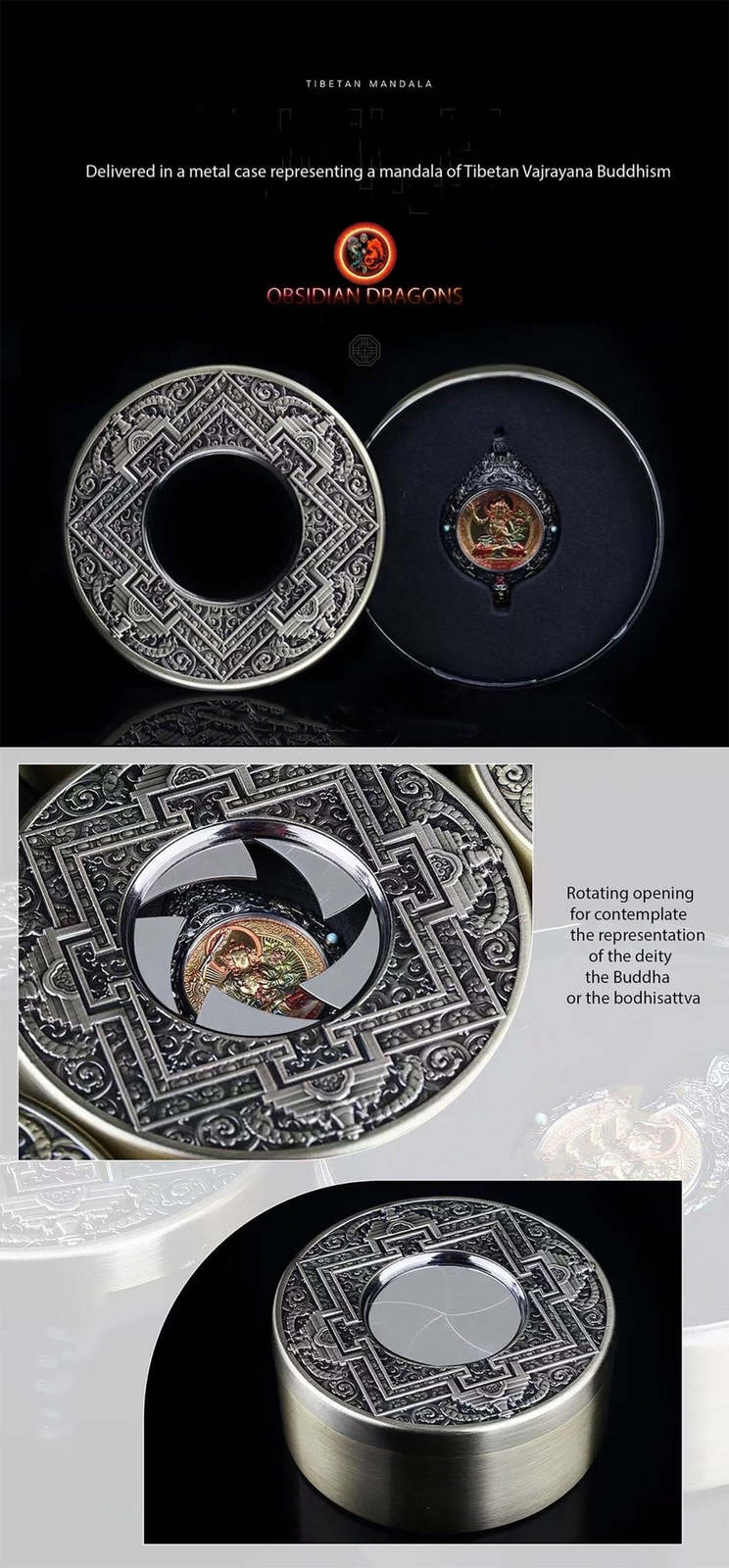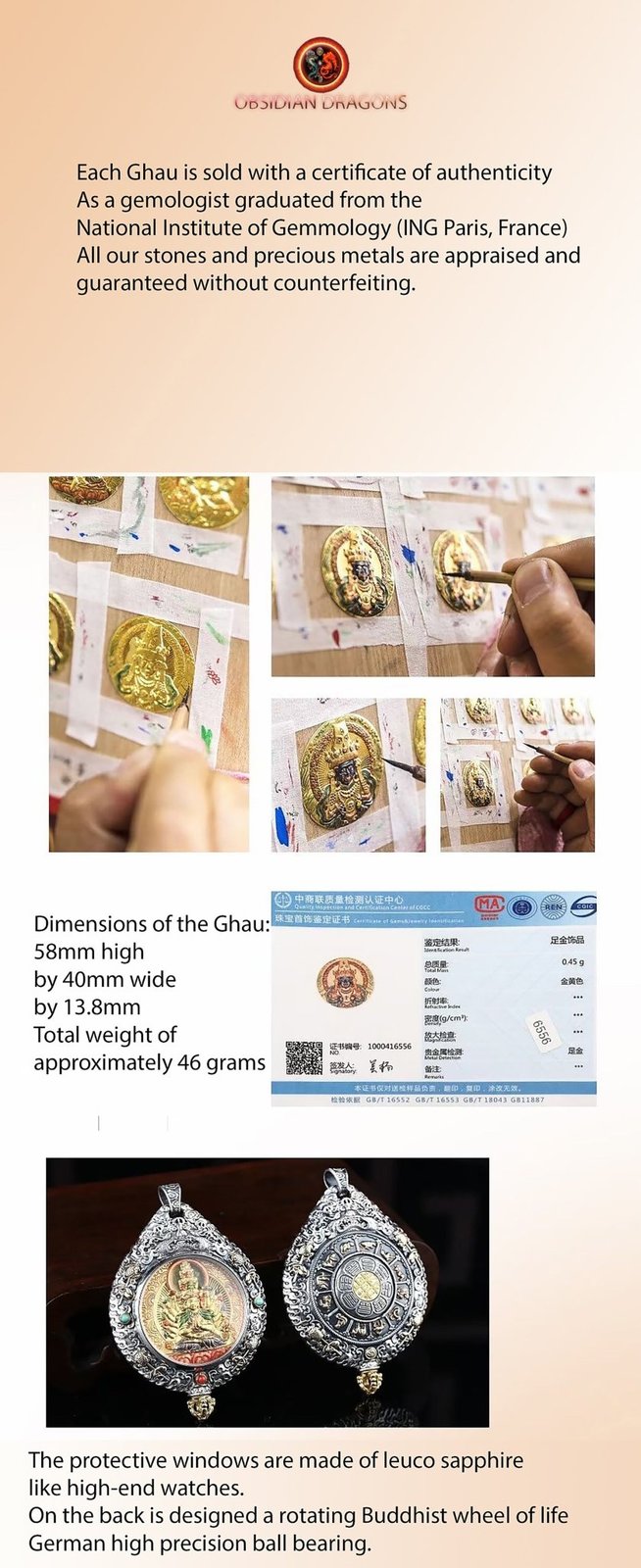Rendered at 17:32:56 08/14/25
Free Shipping
buddha pendant. protection of Samantabhadra bodhisattva. Authentic ghau
$599.00
Ships from
China

Shipping options
Estimated to arrive by Wed, Sep 10th.
Details
FREE via International Shipping (2 to 3 weeks) to United States
Ships from
China

Offer policy
OBO - Seller accepts offers on this item.
Details
Return policy
Full refund available for DOAs
Purchase protection
Payment options
PayPal accepted
PayPal Credit accepted
Venmo accepted
PayPal, MasterCard, Visa, Discover, and American Express accepted
Maestro accepted
Amazon Pay accepted
Nuvei accepted
Shipping options
Estimated to arrive by Wed, Sep 10th.
Details
FREE via International Shipping (2 to 3 weeks) to United States
Ships from
China

Offer policy
OBO - Seller accepts offers on this item.
Details
Return policy
Full refund available for DOAs
Purchase protection
Payment options
PayPal accepted
PayPal Credit accepted
Venmo accepted
PayPal, MasterCard, Visa, Discover, and American Express accepted
Maestro accepted
Amazon Pay accepted
Nuvei accepted
Item traits
| Category: | |
|---|---|
| Quantity Available: |
Only one in stock, order soon |
| Condition: |
Unspecified by seller, may be new. |
| Type: |
Pendant |
| grams: |
46 |
Listing details
| Seller policies: | |
|---|---|
| Shipping discount: |
Seller pays shipping for this item. |
| Posted for sale: |
More than a week ago |
| Item number: |
1498005017 |
Item description
Ghau dimensions: 58mm high by 40mm wide by 13.8mm thick Weight of 46 grams.
The ghau is a kind of portable altar in which the image of the possessor's chosen deity is kept, wrapped in silken garments. The vast majority of Tibetans use ghau at home and carry it on their travels. They keep it on a real altar at home. When traveling, it is attached to the back belt. It serves as a protective symbol during travels and also allows its owner to prove his devotion to his deity.
Genuine traditional Tangka Regong The tangka is painted at the temple of Longwu, also called Wutun. The tangka is painted on the deity in gold, a very difficult and traditional art.
Wutun is a Tibetan lamasery located in the Tibetan prefecture of Rebkong, Amdo province, called Huangnan in the province of Qinghai in China and is 186 km from Xining.
Renowned center of Tibetan thangka painting. The Regong arts were inscribed in 2009 on the representative list of the intangible cultural heritage of humanity. The colors of this tangka are made of pure gold and crushed minerals.
925 silver hallmarked according to international standards
18K gold
Copper
Turquoise from Hubei province and nan hong (southern red) agate from Yunnan province are all natural.
This exceptional agate owes its intense red color to its natural cinnabar content.
As a gemologist graduated from the National Institute of Gemmology in Paris, all our stones are appraised and certified.
Buddhist wheel of life rotating on the back thanks to a high precision ball bearing system developed in Germany
The protective windows are made of leuco sapphire like high-end watches.
Delivered in a high-end metal box representing a mandala of Tibetan Buddhism as shown in this video concerning this entire range
Mixed pendant, man and woman, intended for adults.
Color: silver, copper, and gold.
SAMANTABHADRA
Bodhisattva Samantabhadra is a protector of people born under the sign of the dragon and the serpent. This amulet represents him in painting. Samantabhadra, whose name in Sanskrit means universal dignity, is a Mahayana bodhisattva, or great vehicle, associated with dhyana, meditation,
He forms a triad with Buddha Siddartha Gautama and Bodhisattva Manjushri. Dignitary of the Lotus Sutra, and according to the Avatamsaka Sutra,
Samantabhadra made the Ten Great Bodhisattva Vows:
Pay homage and respect to all Buddhas.
Praise the Thus Come One the Tathagata (Buddha).
Make abundant offerings.
Repent of misdeeds and bad karmas.
To rejoice in the merits and virtues of others.
Ask the Buddhas to continue to teach.
Ask the Buddhas to remain in the world.
Follow the teachings of the Buddhas at all times.
Welcome and benefit all living beings.
To transfer all merits and virtues for the benefit of all beings.
Known in Chinese Buddhism as Puxian, it is associated with action, while Manjushri is associated with transcendent wisdom or prajna.
Responding to the name of Fugen in Japan, Samantabhadra is the object of an important cult in the Tendai and Shingon currents.
Considered as the adhi-buddha (Primordial Buddha) in the Nyinqma current of Tibetan Buddhism, he is often represented there in Yab-Yum, or indivisible union male female with his wife or paredre Samantabhadri. Dzongsar Khyentse Rinpoche following the Nyingmapa Dzogchen tradition qualifies the nature and essence of Samantabhadra, the Primordial Buddha, as the originless source of the timeless and limitless Atiyoga teachings, and honors the contradictory view held by some parties who hold that the Dzogchen teachings originate from the Bonpo tradition.
Or from the Chinese monk Moheyan: “Samantabhadra is not bound by time, place or physical conditions. Samantabhadra is not a two-eyed colored being. Samantabhadra is the unity of consciousness and emptiness, the unity of appearances and emptiness, the nature of mind, clarity
natural with relentless compassion - it's been Samantabhadra from the start.“
Unlike his more popular counterpart Mañju?r?, Samantabhadra is only rarely depicted alone and is usually found in a trinity on Shakyamuni's right side, mounted on a six-tusked white elephant. In those traditions that accept the Avatamsaka Sutra as its fundamental instruction, Samantabhadra and Manjusri flank Vairocana Buddha, the central Buddha of that particular sutra.
He is sometimes shown in Chinese art with feminine features, riding an elephant with six pairs of tusks while carrying a lotus leaf "umbrella" (Sanskrit: chatra), wearing a robe and similar characteristics
Added to your wish list!
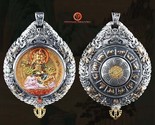
- buddha pendant. protection of Samantabhadra bodhisattva. Authentic ghau
- 1 in stock
- Price negotiable
- Handling time 5 days. Estimated delivery: Wed, Sep 10th
- Returns/refunds accepted
Get an item reminder
We'll email you a link to your item now and follow up with a single reminder (if you'd like one). That's it! No spam, no hassle.
Already have an account?
Log in and add this item to your wish list.


